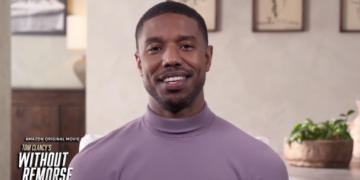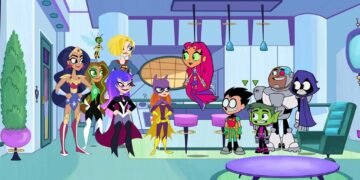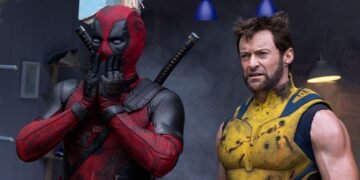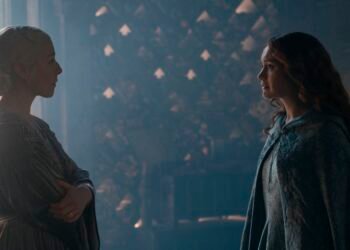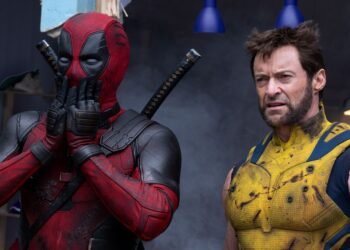Along with Ron Howard’s many directorial hits, like Apollo 13, The Paper, and Cocoon, he’s had a few major misses — primarily the Da Vinci Code franchise. But he’s never missed as badly as he does with the Netflix film Hillbilly Elegy. Adapted from J.D. Vance’s memoir of the same name, with a star-laden cast and a story concerning an unlikely protagonist overcoming a meager, turbulent environment, the Ohio-set family drama is a throwback to 1990s Oscar bait like Forrest Gump and Scent of a Woman, feel-good stories rendered for inspirational purposes. Hillbilly Elegy also arrives at an odd moment in history. The Netflix drama serves as a true-life parable for the forgotten Rust Belt that swooned for Donald Trump after he promised to restore the area’s financial standing.
Even though J.D. (Gabriel Basso) considers himself a Jackson Kentuckian at heart, he hails from Middletown, Ohio. Communities like Middletown are dotted across America’s heartland. They sprung up around once-thriving factories. But you wouldn’t know it today. The foot traffic on Middletown’s streets is sparse. The shops are boarded up. The factory is cold. The disadvantaged community is left in limbo, waiting for jobs that’ll probably never return. If Howard worked to tell this story through clear eyes, the drama would help us understand a region of the country that’s long felt misunderstood and abandoned. Instead, Howard’s Hillbilly Elegy conflates one man’s story as emblematic of a community, in short-sighted terms. It isn’t just a disservice to Vance, but to the inhabitants of the Rust Belt as well.
J.D.’s home life is troubled. The film opens in 1997. His mother, Bev (Amy Adams), was her high school’s salutatorian, but now, she’s a single mother raising her two children on a nurse’s salary. She’s dating the wrong men — boring cops and lowlifes. She believes life has cheated her out of better opportunities, and now she’s stuck, so she doles out her frustrations on her young son J.D. (Owen Asztalos) and her daughter Lindsay (Gianna Desch). While J.D.’s grandfather (Bo Hopkins) serves as a calming influence, the family’s guidance comes from cigarette-smoking, foul-mouthed, gin-playing matriarch Mamaw (Glenn Close). This modest narrative frame should support an entire film on its own, but when Howard lurches forward to 2011, with J.D. attending Yale’s law school, the narrative becomes too dense.
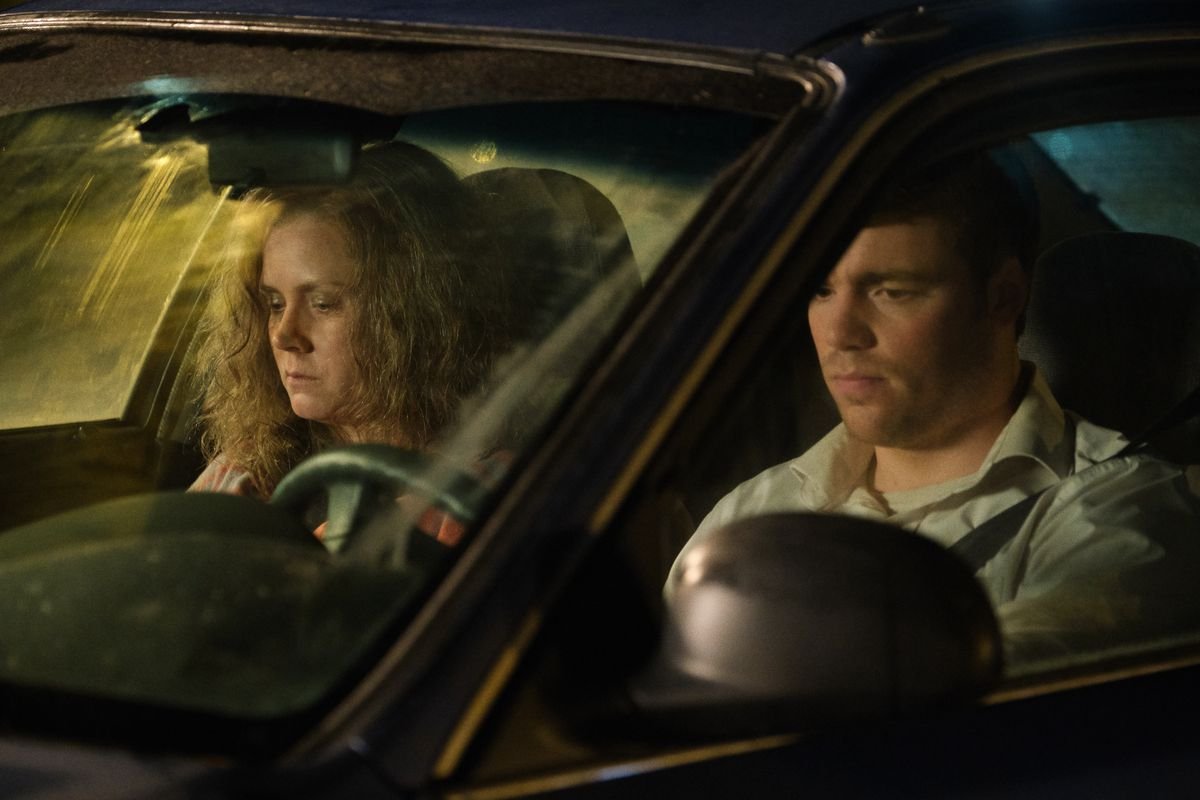
Photo: Lacey Terrell / Netflix
Howard leaps and back and forth between 1997, as Bev begins using pills, and 2011, when she overdoses. Balancing the two timelines requires a soft touch, but editor James Wilcox isn’t able to sustain it. For example, in one scene, with her son sitting beside her, Bev threatens to crash their car after their heated argument. A frantic J.D. jumps out of the car and seeks help from a bystander, who in turn, calls the cops. Wilcox doesn’t show the conclusion to this scene until a full act later, when he cross-cuts to a delinquent J.D. and his friends smashing up a home-goods store with sledgehammers. Wilcox also composes montages, such as J.D. remembering the abuse he suffered under Bev, that are meant to be inspirational, but wind up contrived. By slamming together disparate events for maximum melodramatic impact, Wilcox uproots these scenes from their intended emotional subtext, and instead drowns them in maudlin waters.
Those waters are made even more treacherous by the hackneyed performances littering this all-star cast. Glenn Close as Mamaw, adorned with a terrible wig and blanched makeup, is lost under the weight of artifice. Amy Adams as Bev, hampered by an over-the-top script, overacts. In one scene, Bev experiences a manic episode, and with a bloody wrist, stands in the middle of the street and shouts up to the sky. Adams’ yowling not only breaks the sound barrier, she breaks the audience’s already weary nerves. The scene is also emblematic of a film trying to use trauma to elicit empathy, and instead bludgeoning the audience into apathy.
Later, in what might be the worst bit of 2020 dialogue this side of Antebellum, when Mamaw enters the hospital, J.D. pointedly asks her if she’ll die. When she hesitates in response, he painfully exclaims, “Go ahead and die.” It’s so overwrought, it’s laughable. Meanwhile, Basso, who plays the older J.D., is hampered by his monotone range. His fits of anger, arising from the arduous task of finding Bev a rehab facility before he can return to Connecticut for a big interview, reverberate with the dullness of an out-of-tune drum head. Hillbilly Elegy is a prime example of a systemic failure, from script to craft to acting.
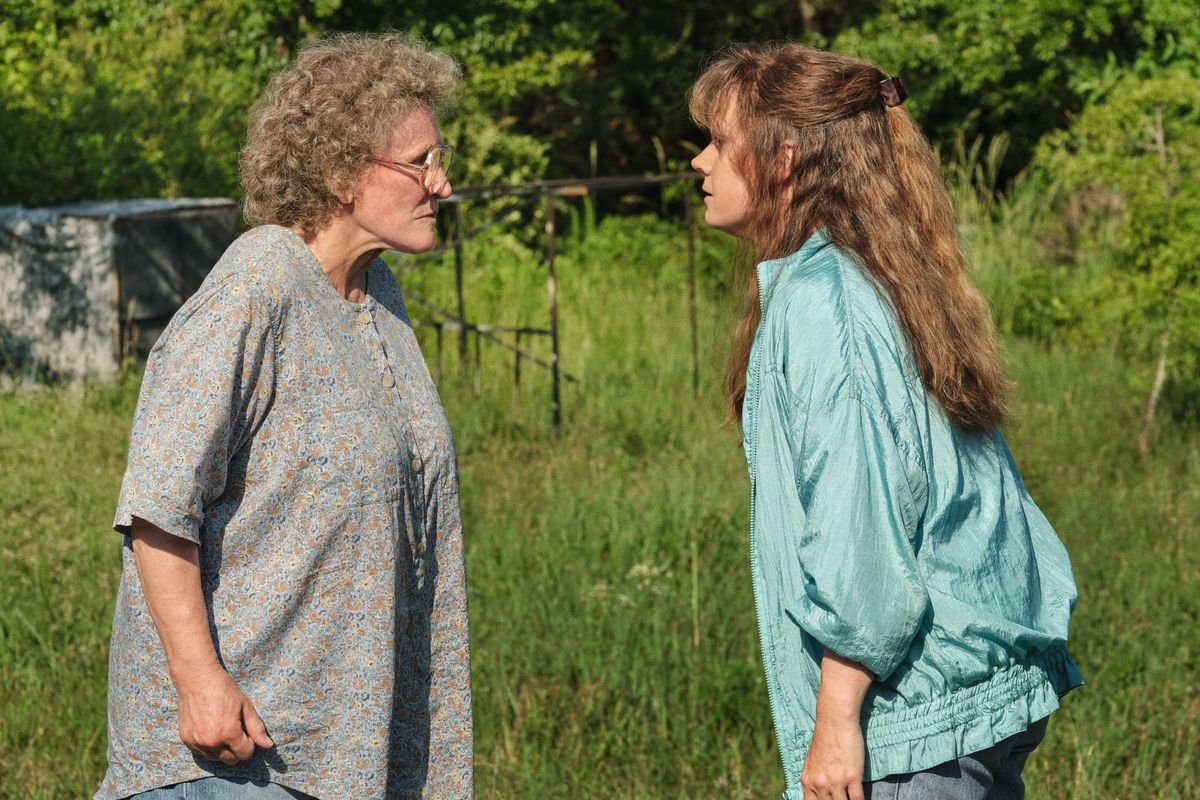
Photo: Lacey Terrell / Netflix
Howard also fails to accurately represent Rust Belt inhabitants. Bev is a mother made abusive by her multi-generational trauma and her addiction to pills and heroin. Mamaw, with her mouth cocked to the side, swills frank lines like, ”Wouldn’t spit on her if her guts were on fire.” And J.D., during a dinner party at Yale with East Coast elites, makes a panicked call to his girlfriend Usha (Freida Pinto) to ask about proper table manners and what types of wine he should request. Through these characters, Howard renders a shortsighted story. Yes, there’s an opioid crisis shrieking across the heartland. Yes, many families are guided by a frank elder. Yes, not everyone knows what fork to use. But the Vance clan aren’t the defining story of the Rust Belt, and Howard offers few alternatives to disprove such notions.
As present politics show, the hurt felt by the region is demonstrably real. There’s agony stemming from economic and industrial abandonment, and anger over East Coast belittlement. And there are intriguing stories yet to tell about how communities emptied by residents seeking better opportunities elsewhere have now made them fertile ground for Trumpism. But nothing in Howard’s Hillbilly Elegy gives voice to those frustrations, causes, or effects. Instead, he paints with broad strokes, and the resulting picture is a mess. Howard’s Hillbilly Elegy is the biggest miss of his career, a heaving bit of Oscar bait that sinks to the bottom, eliciting very few bites along the way.
Hillbilly Elegy will play in select theaters beginning November 11, and arrive on Netflix on November 24.


